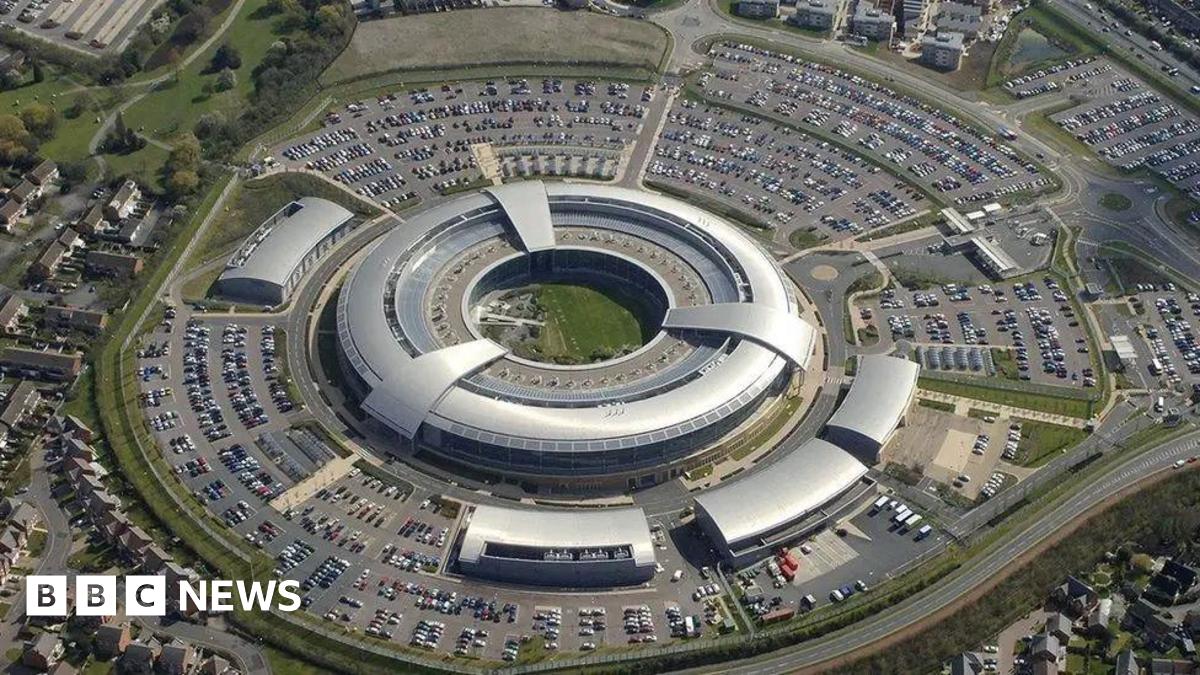World
What to look out for in the polls – UK in a changing Europe

As the general election campaigns hot up, Paula Surridge unpacks what to look out for in the polls beyond ‘headline’ voting intention.
My plans for last Wednesday evening revolved around a potential U13’s cricket match in a lovely village setting in South Gloucester or, failing that, the TV and the England T20 from Headingly. Both were rained off. Meanwhile, out of nowhere a 4 July general election announcement was most definitely rained on.
Having had a long period away from work in the last year and observing politics as most of the electorate do, rather than in the maelstrom of political Twitter (no I won’t be calling it X, I still call Starburst Opal Fruit) this was quite the gear change from the gradual easing back into it I had planned for the weeks up to the summer holidays.
There will be polls, many many polls. Read Sophie Stowers’ excellent guide to understanding them. And trackers galore, aggregating the results from polling companies. These will often set the tone for the campaign, who is up, who is down. But what to look out for beyond the ‘headline’ voting intention?
First, the other parties. The headlines are likely to cover the gap between Labour and the Conservatives, and you will see claims about the swing needed for Labour to form a majority (if you haven’t already). But there are key dynamics with parties other than top two that will influence the outcome.
We might think of these as forming distinct ‘battlegrounds’. After the 2019 election analysis obsessed over the idea of walls, red, blue and even sea. But clusters of seats where party competition is not just a straightforward battle between the top two are critical to whether the Conservatives face a defeat or a wipeout.
Polling has consistently been showing Labour winning back voters in the 2019 ‘red wall’ seats. In many ways, this should be routine for a Labour party polling at 40% and above. More interesting are the seats where local elections and by-elections have revealed that the electorate – keen to get rid of their incumbent Tories – are very good at working out the best way to do so. Many of these seats are in the South of England, some feature ministerial incumbents.
For avid poll watchers, the headline figure for the Lib Dems may not detect this at all – or may detect it quite late in the campaign as voters work out who is best placed in their (sometimes newly named and with new boundaries) constituency. The message is here is not to let the Lib Dems relatively low headline figure fool you into thinking their campaign is going badly.
Despite coming second in terms of councillors in the recent local elections, coverage of them has been scant compared with that of Reform UK. Helped by the will-he-wont-he game around Farage’s role in the campaign, much has been made of Reform’s polling. Two questions remain here. Will one in four of 2019 Conservatives really vote for Reform in 2024? What difference will Farage make?
In 2019, many of those who might have voted for Reform UK’s first iteration, the Brexit Party, were denied the opportunity to do so as Farage stood down candidates in Conservative held seats. But this time round, the party have been at pains to stress there will be no such deal.
Farage may have decided not to contest a constituency, but has recent quit his GB News role to focus on the campaign. A free-floating high-profile campaigner may be more useful to the party than one tethered to a seat – and so watch to see if that raises the Reform UK share over the weeks of the campaign. Unlikely to be sufficient to win any new seats, but with the potential (as in 2019) to take votes from the Conservatives that allow other parties to capitalise.
Another key feature of recent polling has been the don’t knows. People who voted at the last election are usually quite likely to vote again, but throughout the last two years, large numbers of those who voted in 2019 have been telling pollsters they don’t know how they will vote in the next general election – particularly those who previously voted Conservative. Knowing exactly when that election will be might focus their minds. So, watch to see if this proportion falls in the first few polls of the campaign.
For some in the Conservative camp, a squeeze on the don’t knows – getting them to return to the party – is seen as the best chance to narrow the gap with Labour.
But the longer there remains a significant group of Conservative 2019 – ‘don’t know’ voters, the more we might anticipate this group doesn’t ever manage to make up their minds and instead just stays home on 4 July.
My advice for poll watchers who want to know how the campaign is changing intention is don’t take any single one of the polls, focus groups, word clouds and vox pops as the ‘real’ picture. Look at change on previous polls from the same polling company not the move day to day on aggregations.
Navigating what is set to be the most polled UK general election ever will require observers to stay on their toes, look across the evidential landscape and keep an open mind about what comes next. The pools have been relative stable for the last 6 months or longer, leading poll watchers to become overexcited by even small changes. Avoid concluding it is the ‘day the polls turned’ until at least several days after.
Whatever the outcome on the 5 July, the British public will have done something unprecedented. Either the Labour party will have climbed a mountain many considered unscalable, coming from behind to win in a single parliament. Or, the Conservatives will have closed an unprecedented polling gap. The British public have done a lot of electorally unprecedented things in the last 10 years, they are about to do so again.
By Professor Paula Surridge, Deputy Director, UK in a Changing Europe.









